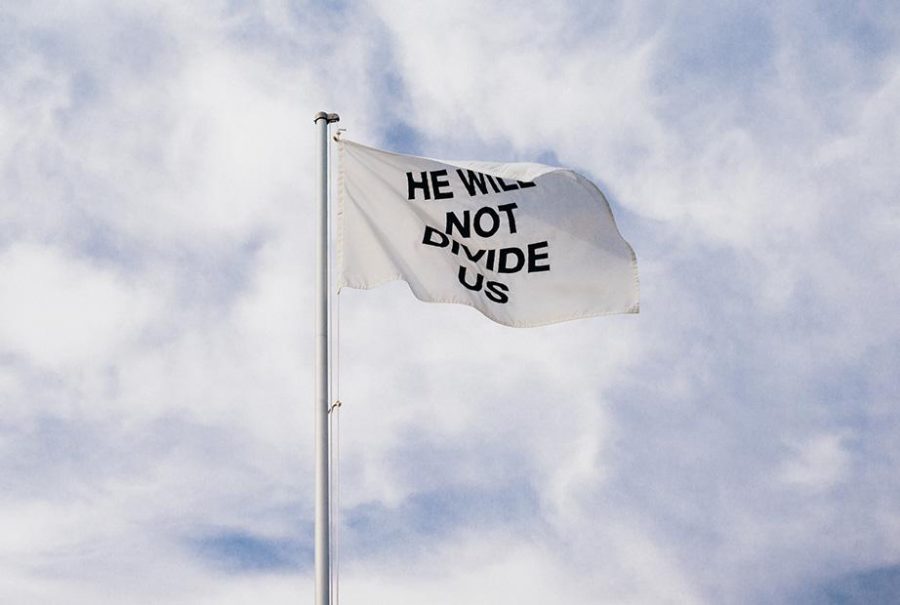By Travis Coltrain
One of the common complaints about the art world seems to be around the idea of art itself. Many styles, most commonly performance art, are often under attack by critics who claim it isn’t actually art.
Performance art is an art form that only has limitations based on its audience. Whatever the audience is willing to see as art can be considered art. Outside of the conventional art world, the idea of performance art has grown more and more popular since its creation during the “performance turn” of the 1960s.
Why is it that performance art has grown in popularity so much? The juxtaposition between the ephemeral freeness of performance art and our increasingly accelerated, suffocating lifestyles? This creates a very liberating art form that seems to be responsible for a lot of its appeal.
Performance art’s freeing nature isn’t the only aspect of its appeal. As an art medium, it is particularly well-suited to protest or to raise awareness about issues and policies in our society.
While art has always been a medium for political, humanitarian, and social issues, performance art is especially suitable for tackling issues such as these, because it demands more interpretation and interaction between the artist and viewers.
Many famous artists and celebrities have used their position in society and performance art as a medium to put a spotlight on some of these issues. Following President Trump’s election, actor Shia LaBeouf launched his performance-art project “He will not Divide Us.” A video camera live-streamed a sign outside of the Museum of the Moving Image in New York, and people were encouraged to stand in front of the camera and say, “He will not divide us.”
The project was supposed to last the entirety of Trump’s presidency; however, the Museum of Moving Image closed the show less than a month later. Since then, it has changed venues twice and is now at the Foundation for Art and Creative Technology in Liverpool, England.
Recently, Abraham Poincheval’s performance art piece “Pierre” (French for “stone”) took place at Palais de Tokyo in Paris. For it, Poincheval lived inside a boulder for a week, eliciting criticism that this wasn’t actually art.
It is difficult to separate the genuine from the inauthentic, especially when performance art continues to straddle the boundaries. Ultimately, however, performance art is art as long as an audience is willing to consider it art.
With technology at our fingertips, the Internet allows for the showcasing of performance art as a platform for protest, breaking down the borders of exclusion that originally fenced off the high-art world from ordinary viewers.
In this age of ambiguity, performance art has given a voice to those who are normally voiceless, making performance art, ironically enough, contemporary art’s most powerful medium.










